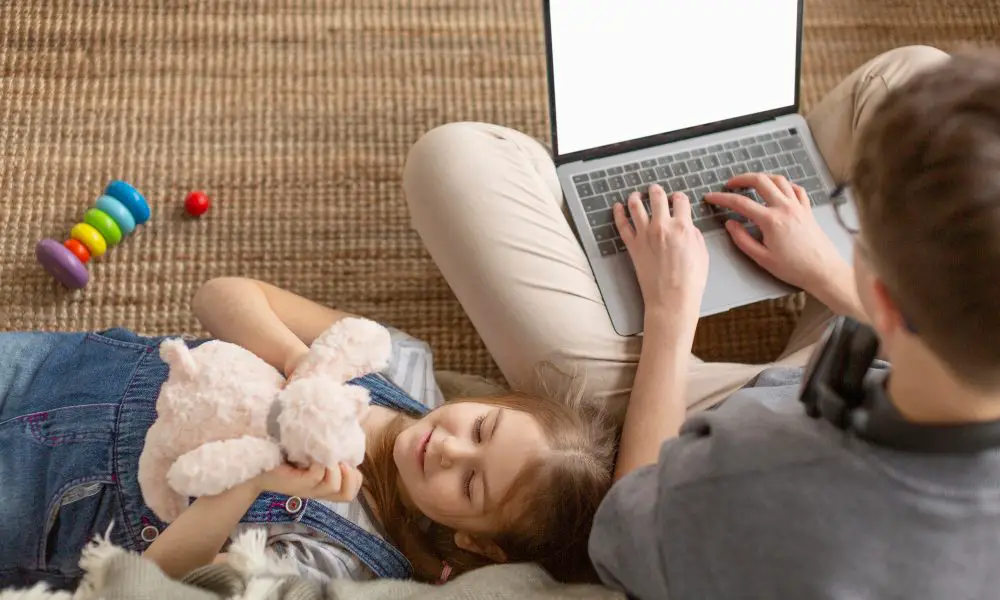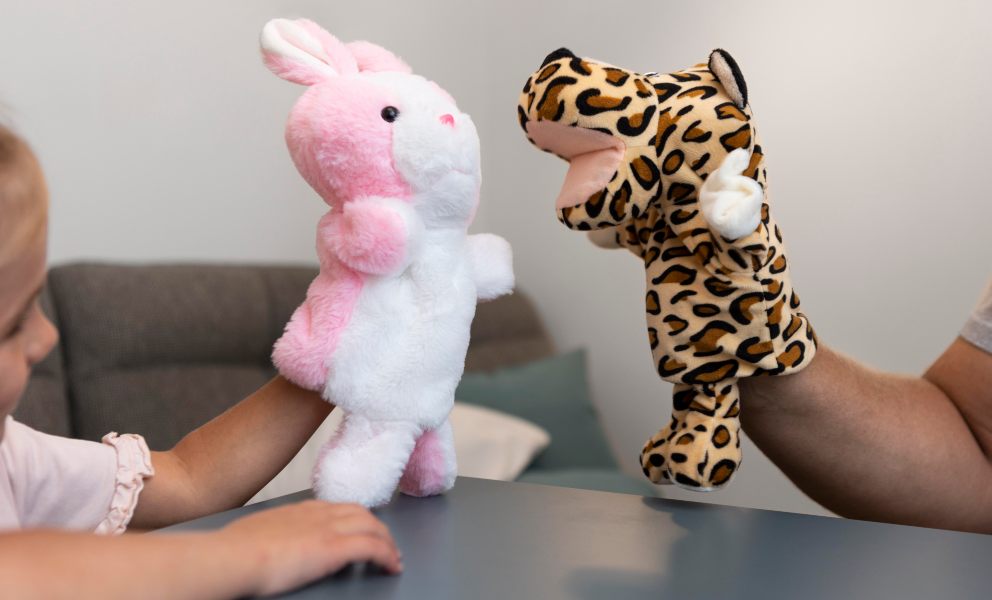Have you ever admired a plush toy and thought, “I could make that?” Crafting your homemade stuffed animal can be an immensely satisfying experience. It allows you to unleash your creativity while stitching together a cuddly companion that’s truly unique. Whether you’re a seasoned sewer or a budding beginner, sewing a stuffed animal is worth mastering. So, are you ready to embark on a delightful DIY adventure?
Materials Needed
Before diving into the world of plushies, gather the necessary supplies:
- Pattern or design inspiration (online, books, or your imagination)
- Fabric (fleece, cotton, felt, or fur fabric)
- Stuffing material (polyfill or wool stuffing)
- To accomplish the job, you will require a set of scissors, a needle, and some thread (or a sewing machine).
- You will need either a needle and thread or a sewing machine and scissors.
- To complete the task, it is necessary to have a pair of scissors, a needle, and either thread or a sewing machine.
- Embellishments (buttons, ribbons, embroidery floss, fabric glue)
Choosing the Perfect Pattern
From Simple to Intricate
When selecting a pattern, consider your skill level and desired complexity. Simple shapes like a teddy bear or a primary animal can be an excellent starting point for beginners. As you become more self-assured, you can gradually delve into more elaborate designs, incorporating finely detailed elements.
Online Resources and Books
The internet is a treasure trove of free stuffed animal patterns and sewing tutorials. Explore websites dedicated to crafting or browse pattern books for inspiration. Many experienced sewers also share their original designs online, allowing you to tap into a vast community of passionate creators.
Customizing for Your Vision
Don’t be afraid to personalize your pattern! Mixing and matching elements from different designs or modifying the proportions can create a truly unique piece. Embrace your craft passion and let your imagination soar.
Cutting and Prepping the Fabric

Transferring the Pattern
Once you’ve chosen your pattern, carefully transfer it onto your fabric. Tracing the pattern pieces onto the fabric with an erasable marker or chalk can ensure accurate cutting.
Pinning and Cutting Precisely
Pinning the pattern pieces to the fabric will help prevent slippage during cutting. Sharp scissors or a rotary cutter are recommended for cutting along the pattern lines. While cutting, make sure to leave a small seam allowance as instructed.
Adding Facial Features
If your pattern includes facial features like eyes or a nose, consider adding them before sewing. Embroidering details or attaching buttons can bring your stuffed animal to life.
The Art of Sewing
Hand-Stitching vs. Machine Sewing
Both hand-sewing and machine sewing have their advantages for stuffed animal construction. Hand-stitching allows for greater control and detail work, while a sewing machine can streamline the process, especially for larger pieces or seams.
Attaching Limbs and Details
Follow the pattern instructions to attach limbs, ears, or other appendages to the main body. The ladder stitch or whipstitch can create an invisible seam for a polished look.
Turning and Stuffing
Once the main pieces are sewn together, carefully turn the fabric right-side through a small opening. Gently utilize a pencil or chopstick to push out the edges and corners. Then, begin stuffing with your chosen filling material, distributing it evenly for a plump and cuddly texture.
Finishing Touches
Embellishments and Accessories
Now comes the fun part – adding the final embellishments! Stitch on buttons for eyes, embroider a cheerful smile or attach ribbons or bows for a whimsical touch. Your stuffed animal’s personality will genuinely shine through these details.
Personalizing with Love
Add a personal touch by embroidering your initials or a special message on a small fabric piece. This personal touch will make your creation even more cherished.
Safety Considerations
If your stuffed animal is intended for a child, ensure all embellishments are securely attached and free of small, removable parts that could pose a choking hazard.
FAQs
What is the best fabric for making stuffed animals?
Fleece, cotton, and felt are popular choices for stuffed animals due to their softness, durability, and ease of sewing. Fur fabric can also be used for a more realistic, fuzzy texture.
Can I sew a stuffed animal by hand?
Hand-sewing is an excellent option, even though a sewing machine can accelerate the process. This is particularly true when learning the craft or working on detailed projects.
How do I stuff a stuffed animal evenly?
Use a chopstick or pencil to gently push the stuffing into the corners and limbs as you fill the toy. Stuff firmly but avoid over-stuffing, which can distort the shape.
Can I create my stuffed animal pattern?
Yes! With some practice and creativity, you can design your unique patterns. Start sketching your desired shape, draft the pattern pieces, and adjust as needed.
How do I add safety features to a stuffed animal for children?
Ensure all embellishments are securely attached, and avoid small, removable parts that could be a choking hazard. Opt for embroidered features or tightly sewn-on button eyes.
Conclusion
Creating a handmade stuffed animal is an enriching experience that fosters creativity, patience, and a sense of accomplishment. Whether you’re a seasoned stitcher or a beginner crafter, the joy of bringing a unique plush pal to life is truly unmatched. So, what are you waiting for? Gather your supplies, choose your pattern, and let your imagination run wild!
What stuffed animal creation will you bring to life next? Share your plush toy adventures in the comments below!
***
Main image: freepik




